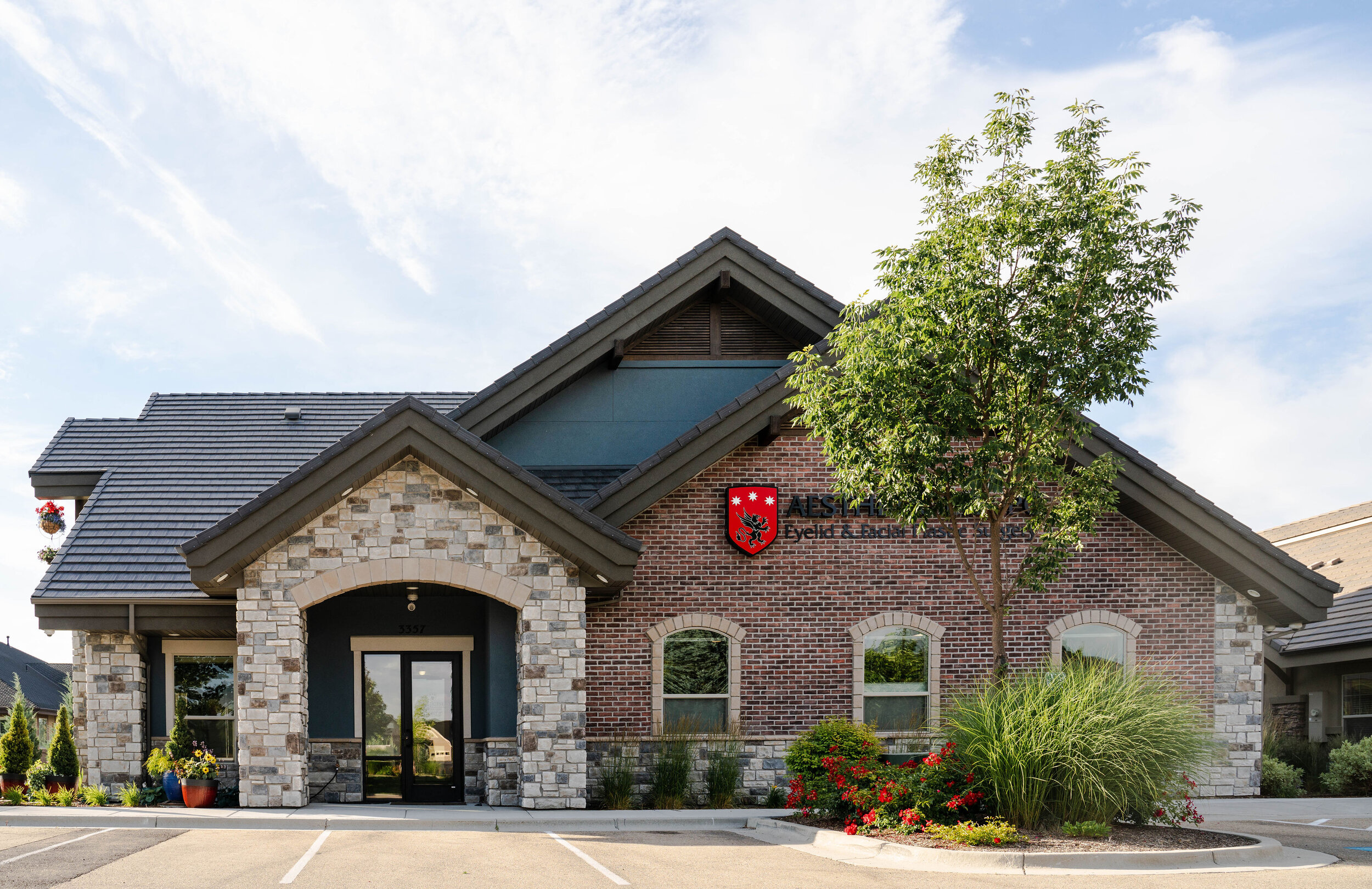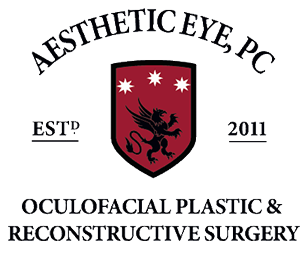orbital fracture treatment
Blunt force trauma to the head, especially around the eye, can cause the bones around the eye to fracture. This can result in the eye sinking back into the orbit (enophthalmos). Double vision (diplopia) may occur if the muscles that move the eye become entrapped in the facture.
orbital fracture treatment
SIGNS THAT INDICATE POSSIBLE ORBITAL FRACTURE AFTER AN INJURY INCLUDE:
Double vision
Headache
Nausea and/ or vomitting
Limited range of motion of the eyeball
Becoming light headed or passing out with eye movement
A "sunken in" appearance of the eye
Numbness of the teeth or cheek
Fractures of this nature often require repair within one to two weeks of the injury. To access these fractures, Dr. McInnes makes an incision in the outer corner of the eye and inside the eyelid. An implant may be placed in the orbit after the orbital contents are removed from the fracture back into the orbit. This surgery takes place in the operating room with general anesthesia. Length of recovery will depend on the severity of the injury. Patients sometimes experience double-vision for a few days following surgery and pain medication may be needed. Patients are seen in the office one week after surgery and can usually resume normal activities including wearing makeup and contacts at that time. Dr. McInnes will meet with you for an exam and address your individual situation and discuss the risks and benefits of having surgery to help you make the right decision for you. If you've had imaging studies (such as CT scan, x-ray or MRI), please bring a copy of the CD from the imaging provider. Aesthetic Eye will also pre-authorize any procedures with your insurance company for you if surgery is the right choice for you.
Request an appointment or call Aesthetic Eye, P.C. today to set up an appointment for a consultation with Dr. McInnes.

Fellowship trained and board certified.
Specializing in Cosmetic Oculofacial and Plastic Surgery

